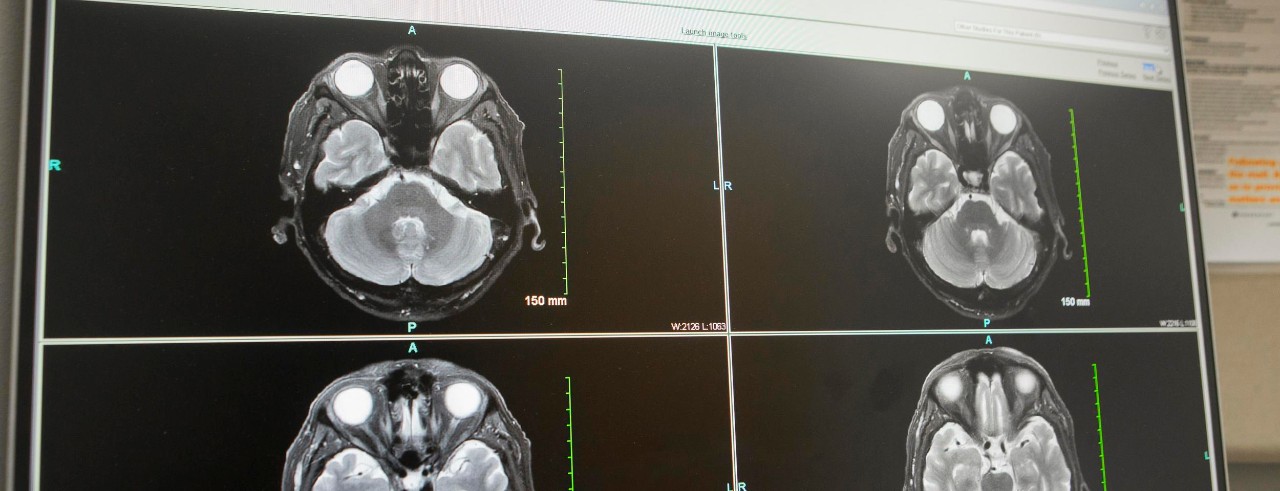
Medscape: Thrombectomy benefits stroke with large core volumes
UC's Broderick comments on international trial
Results of a new international trial showed performing endovascular thrombectomy in stroke patients with a large ischemic core is beneficial.
Endovascular thrombectomy is a minimally invasive procedure for acute ischemic stroke patients that uses a catheter to remove a blood clot from a blood vessel in the brain, which restores blood flow. Patients with strokes with a large ischemic core were previously not considered candidates for thrombectomies because of concerns of an increased risk of hemorrhage, disability and death.
Joseph Broderick, MD, professor in UC’s Department of Neurology and Rehabilitation Medicine in the College of Medicine, director of the UC Gardner Neuroscience Institute and a UC Health physician, told Medscape the study results were "robust and important."
The results of the trial "will change practice and extend endovascular therapy to more patients with severe strokes," Broderick continued. However, he noted imaging will still be necessary to exclude a certain subset of patients with large ischemic core who were not included in the trials.
"These are patients who have very large areas of clear hypodensity on the baseline image (brain already dying or dead)," Broderick said. "These patients do not benefit from reperfusion with lytic drugs or endovascular therapy."
Read the Medscape article. (Note: Account creation or log-in may be required to view full article.)
Featured photo at top of brain scans. Photo/Joseph Fuqua II/UC Marketing + Brand.
Related Stories
How aerospace is turning to trustworthy AI
January 6, 2026
UC College of Engineering and Applied Science graduate Lynn Pickering talks to the Ohio Federal Research Network about her research into artificial intelligence and the future of AI in aerospace engineering.
Chris Higgins named UC Foundation Vice President for Development, Academic Health Enterprise
January 6, 2026
The University of Cincinnati Foundation is pleased to welcome Chris Higgins as the new Vice President for Development, Academic Health Enterprise.
UC's art collection on display at the Contemporary Arts Center
January 5, 2026
University of Cincinnati leaders joined WVXU's Cincinnati Edition to talk about the university’s 200-year-old art collection, a new exhibition at the Contemporary Arts Center and the release of a companion book exploring the collection’s role in education and public engagement.
